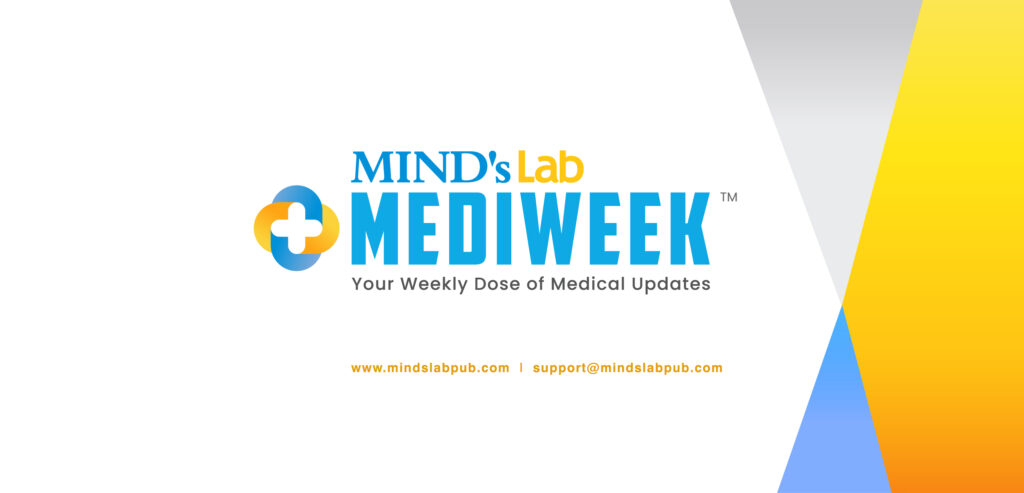Hypertension and Sleep Deprivation: Twin Threats to Cognitive Function
Recently, there has been a growing recognition regarding detrimental effects of insufficient sleep and hypertension on brain health. Short sleep duration, defined as less than the recommended seven hours per night, has been associated with an increased risk of cognitive impairment, dementia, and vascular brain injury. Similarly, hypertension, particularly in midlife, is a well-established risk […]
Hypertension and Sleep Deprivation: Twin Threats to Cognitive Function Read More »
